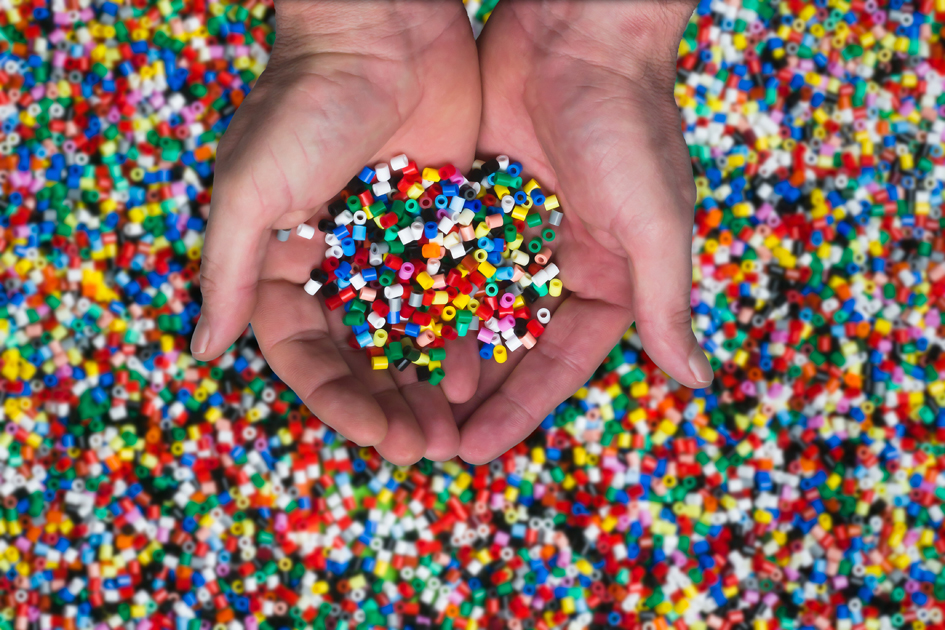
Piyush Ranjan Rout
Five municipal corporation and the religious town Puri will witness a change in lifestyle with Odisha banning the use of plastics with effect from October 2. In two years the ban will cover the entire state, as announced by the chief minister. In Bhubaneswar, more than 40 per cent of the garbage generated comprises plastics; but there is no robust disposal mechanism.
Many cities and countries have in the past introduced bans on plastics; yet the entry of plastics into lakes, rivers and oceans has not stopped. Perhaps the government must look at incentivising plastic use in a manner that the manufacturer of a plastic good collects, recycles and reuses these once the product’s life ends.
We have become addicted to single-use or disposable plastic which have severe environmental consequences, one million plastic drinking bottles are purchased every minute, while up to 5 trillion single-use plastic bags are used worldwide every year. Half the plastic produced around the world is designed for single use. Researchers estimate that more than 8.3 billion tonnes of plastic have been produced since the early 1950s. About 60 per cent of that plastic has ended up in either a landfill or the natural environment.
Since the 1950s, the rate of plastic production has grown faster than that of any other material. More than 99 per cent of plastics are produced from chemicals derived from oil, natural gas and coal, all of which are dirty, non-renewable resources. If current trends continue, by 2050 the plastic industry could account for 20 per cent of the world’s total oil consumption. It is time to stem the flow of plastics at its source but the government also needs to improve measures for managing plastic waste.
Interestingly, only 9 per cent of all plastic ever produced has been recycled. About 12 per cent gets incinerated, and the remaining 79 per cent gets accumulated in landfills, dumps or the natural environment.
Cigarette butts, whose filters contain tiny plastic fibres, were the most common type of plastic waste found in the environment, a recent global survey says. Just like Gutkha strips that have flooded cities including Bhubaneswar, bottles, bottle caps, food wrappers, grocery bags, straws and stirrers are the other most common plastic items. Many use these products each day, without considering where they might end up. Rivers carry plastic waste from deep inland to the sea, making them major contributors to ocean pollution.
Most advanced cities have followed options to reduce waste by ranking in a “hierarchy” where the first and most obvious approach of any waste management is to avoid creating waste in the first place
A staggering 8 million tonnes of plastic end up in the world’s oceans each year. A lot of it comes from the world’s rivers. Plastic waste, whether in a river, an ocean, or on land can remain in the environment for centuries.
The same properties that make plastics useful — durability and resistance to degradation — also make them nearly impossible for nature to completely break down. Most plastic items never fully disappear; they just get smaller and smaller. Many of these tiny plastic particles are swallowed by farm animals or fish who mistake them for food, and thus can find their way on to someone’s dinner plates. If current trends continue, the oceans could contain more plastic than fish by 2050.
While the United States, Japan and many European countries generate significant amounts of plastic waste, they are also relatively good at managing it. About half of all the plastic waste that ends up in the oceans comes from China, Indonesia, the Philippines, Thailand and Vietnam. These countries are experiencing rapid economic growth, which is reducing poverty rates and improving the quality of life for hundreds of millions of people. But as these economies grow and consumption booms, the use of plastic goods also booms.
In the last decade, dozens of national and local governments around the world have adopted policies to reduce the use of disposable plastic. And the number continues to grow. Africa has the highest number of countries that have adopted a total ban on the production and use of plastic bags. Of the 25 African countries that have banned the bags, more than half have done so in the last four years alone.
More than bans there is a need for more shared action. As over the last two decades attitudes to waste are changing, it has been increasingly viewed not as a waste, but as a resource and this has led to a number of moves at international and national level to adopt approaches to reflect it on ground. Most advanced cities have followed options to reduce waste by ranking in a “hierarchy” where the first and most obvious approach of any waste management is to avoid creating waste in the first place. The hierarchy is defined as follows, in order of priority.
# Reuse: Further using products in their existing form for their original purpose or a similar purpose;
# Recycle: The processing of waste materials to produce new products
# Recovery: Extraction of materials or energy from waste for further use or processing; and includes, but is not limited to, making materials into compost;
# Treatment: Subjecting wastes to physical, biological or chemical process to change the volume or character of that waste so that it may be disposed of with no, reduced, insignificant adverse effect on the environment;
# Disposal: final deposit of waste on land set apart for the purpose.
At the end of the day every other person share responsibility for environment. Each one makes decisions and takes actions, which affects lives around us. It is up to all stakeholders, including producers, market and users to tackle the plastic waste problem.
Because people need to start living without single-use plastic products and producers must find alternatives or be ready to eat more plastic than fish. Perhaps Bhubaneswar has an opportunity and a challenge to free the city of plastics ahead of the Hockey World Cup later this year by hosting the game without generating plastic waste.
The writer is an urban management practitioner. He can be reached on twitter @piyushrout.
